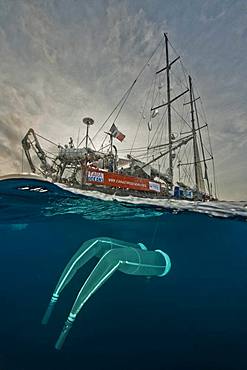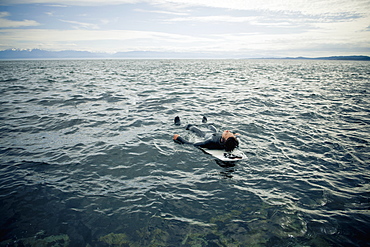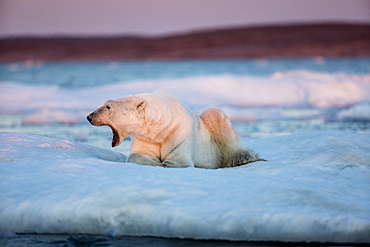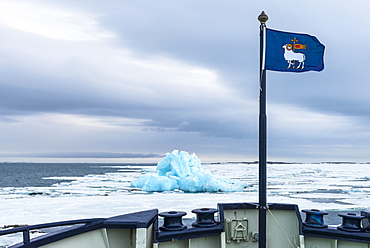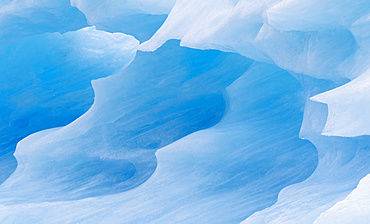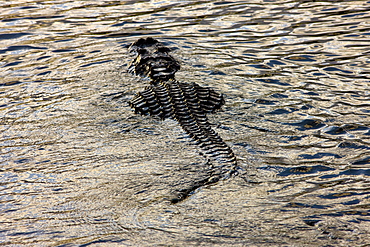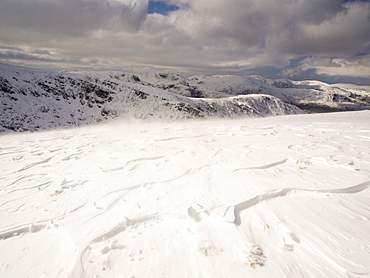Recent searches
Loading...
860-287906 - Pod of Sleeping sperm whale (Physeter macrocephalus) Researchers first saw this unusual sleep behavior in sperm whales in 2008. The scientists in that study found that sperm whales dozed in this upright drifting posture for about 10 to 15 minutes at a time, Vulnerable (IUCN). The sperm whale is the largest of the toothed whales. Sperm whales are known to dive as deep as 1,000 meters in search of squid to eat. Dominica, Caribbean Sea, Atlantic Ocean. Photo taken under permit n°RP 16-02/32 FIS-5.
860-287912 - Snorkeler photographing a pod of Sleeping sperm whale (Physeter macrocephalus) Researchers first saw this unusual sleep behavior in sperm whales in 2008. The scientists in that study found that sperm whales dozed in this upright drifting posture for about 10 to 15 minutes at a time, Vulnerable (IUCN). The sperm whale is the largest of the toothed whales. Sperm whales are known to dive as deep as 1,000 meters in search of squid to eat. Dominica, Caribbean Sea, Atlantic Ocean. Photo taken under permit n°RP 16-02/32 FIS-5.
860-287779 - Iceberg at sunset in Scoresby Sund, It will soon be more than drifting ice pieces, Greenland
1174-6822 - Walker in the mountains with clouds drifting from the peaks on Senja Island, Troms County, Senja Island, Lofoten Islands, Norway
1116-44022 - Large Desert Sand Dunes, Sossusvlei, Namibia
1116-43992 - Person Taking Photos In The White Sand Desert Of Namakwaland National Park, South Africa
1116-44143 - Punta Paloma Sand Dunes, Tarifa, Costa De La Luz, Cadiz, Andalusia, Spain
860-287450 - Tara Oceans Expeditions - May 2011. Tara with deployed plancton nets. On "station", the boat is drifting without engine or sails. Tara Oceans, a unique expedition: Tara Oceans is the very first attempt to make a global study of marine plankton, a form of sea life that includes organisms as small as viruses and bacterias, and as big as medusas. Our goal is to better understand planktonic ecosystems by exploring the countless species, learning about interactions among them and with their environment. Marine plankton is the only ecosystem that is almost continuous over the surface of the Earth. Studying plankton is like taking the pulse of our planet. Recently, scientists have discovered the great importance of plankton for the climate: populations of plankton are affected very rapidly by variations in climate. But in turn they can influence the climate by modifying the absorption of carbon. In a context of rapid physico-chemical changes, for example the acidification observed today in the world's oceans, it is urgent to understand and predict the evolution of these particular ecosystems. Finally, plankton is an astonishing way of going back in time ? a prime source of fossils. Over the eons, plankton has created several hundred meters of sediment on the ocean floors. This allows us to go back in time, to the first oceans on Earth, and better understand the history of our biosphere. More than 12 fields of research are involved in the project, which will bring together an international team of oceanographers, ecologists, biologists, geneticists, and physicists from prestigious laboratories headed by Eric Karsenti of the European Molecular Biology Laboratory. Galapagos
1174-6329 - Hot air balloon flying over towers, Bagan, Myanmar
1174-5843 - Diver's fins in tropical water, Bora Bora, French Polynesia, Bora Bora, Bora Bora, French Polynesia
1174-6139 - Buoys floating in still remote lake under clouds
1174-6371 - Hot air balloon flying over savanna landscape, Kenya, Africa
1174-6385 - Glaciers floating on remote lake, rural, East, Iceland
1174-6354 - Pagoda floating on water, Baturiti, Bali, Indonesia, Baturiti, Bali, Republic of Indonesia
1174-6355 - Pagoda floating on water, Baturiti, Bali, Indonesia, Baturiti, Bali, Republic of Indonesia
1174-6330 - Hot air balloons flying over towers, Bagan, Myanmar
1310-177 - View over surrounding landscape from the city walls, clouds drifting across valley, Erice, Trapani, Sicily, Italy, Mediterranean, Europe
1310-170 - High angle view from clifftop over the Torretta Pepoli, clouds drifting across valley beyond, Erice, Trapani, Sicily, Italy, Mediterranean, Europe
1116-42793 - A woman walking on a sand dune, Sous-massa-draa morocco
1116-42795 - A woman crouching on the top of a sand dune, Souss-massa-draa morocco
1116-42656 - Sunset Over Sand Dune Landscape, Liwa Oasis, Abu Dhabi, United Arab Emirates
1116-42657 - Sunset Over The Sand Dunes, Liwa Oasis, Abu Dhabi, United Arab Emirates
1116-42658 - A Road Through The Desert Landscape, Liwa Oasis, Abu Dhabi, United Arab Emirates
1116-42027 - A Surfer Lays On His Back On His Surfboard In The Water, Victoria, British Columbia, Canada
860-286920 - Adult male Polar Bear (Ursus maritimus) yawns while resting on drifting pack ice near mouth of Wager Bay and Ukkusiksalik National Park, Nunavut Territory, Canada
832-382984 - Flag of Gotland, Blue Iceberg drifting in Hinlopen Strait, Spitsbergen Island, Svalbard archipelago, Norway, Europe
1131-1145 - Iceberg drifting in Hinlopen Strait, Spitsbergen Island, Svalbard archipelago, Arctic, Norway, Europe
746-88008 - Icebergs drifting in the fjords of southern greenland. America, North America, Greenland, Denmark
746-88010 - Icebergs drifting in the fjords of southern greenland. America, North America, Greenland, Denmark
746-88006 - Icebergs drifting in the fjords of southern greenland. America, North America, Greenland, Denmark
746-88009 - Icebergs drifting in the fjords of southern greenland. America, North America, Greenland, Denmark
746-88007 - Icebergs drifting in the fjords of southern greenland. America, North America, Greenland, Denmark
746-88005 - Icebergs drifting in the fjords of southern greenland. America, North America, Greenland, Denmark
746-88004 - Gulls on icebergs drifting in the fjords of southern greenland. America, North America, Greenland, Denmark
1178-21727 - Boy paddling in canoe on lake, Utah, United States
1178-21726 - Brothers paddling in canoes on lake, Utah, United States
1178-21715 - Boy fishing off dock in lake, Utah, United States
1178-21716 - Brothers fishing off dock in lake, Utah, United States
1178-21722 - Underwater shot of boy swimming, Utah, United States
1178-21717 - Brothers fishing off dock in lake, Utah, United States
1178-21725 - Boy paddling in canoe on lake, Utah, United States
1178-14361 - Girl playing in inflatable ring into ocean
1178-12432 - Underwater shot of child in inner tube, Florida, United States
1178-12227 - Girl relaxing on inflatable ring in swimming pool
1178-12388 - Young girl sitting on boogie board, Florida, United States
1178-5007 - Underwater shot of child’s feet, Florida, United States
1178-5017 - Young girl floating on boogie board, Florida, United States
1178-4990 - Mother holding up daughter in water, Florida, United States
1178-5008 - Mother helping daughter swim near boat, Florida, United States
816-8046 - Shining blue glacier ice, Hornsund, Svalbard, Arctic, Norway, Scandinavia, Europe
816-8047 - Drifting glacier ice, Hornsund, Svalbard, Arctic, Norway, Scandinavia, Europe
832-308461 - Iguacu, waterfalls, the largest waterfalls of the world, brasil
832-308490 - Iguacu, waterfalls, the largest waterfalls of the world, brasil
832-308463 - Iguacu, waterfalls, the largest waterfalls of the world, bridge for spectators, brasil
832-308462 - Iguacu, waterfalls, the largest waterfalls of the world, brasil
832-308191 - Tolmer watefall, Litchfield NP, Northern Territory, Australia
832-358630 - Drifting ice blocks, Columbia Bay, Columbia Glacier behind, Pacific Coast, Chugach National Forest, Prince William Sound, Alaska, USA
1161-4048 - Alligator in river water, Everglades, Florida, United States of America
1161-4047 - Alligator drifting along Turner River, Everglades, Florida, USA
1161-4035 - Alligator drifting along Turner River, Everglades, Florida, USA
1161-2983 - Sirius clouds and power cable poles, Nottinghamshire, United Kingdom
1161-266 - Hippopotamus among river cabbage, Grumeti, Tanzania
1161-136 - Hippopotamuses, Ngoro, Tanzania, East Africa
832-178916 - Iceberg drifting through Lancaster Sound, Devon Island, Northwest Passage, Nunavut, Canada, Arctic
911-9688 - Looking towards Helvellyn fom Gray Crag during unseasonally cold weather in late March 2013, with drifting snow, Lake District National Park, Cumbria, England, United Kingdom, Europe
321-5070 - View over the temples of Bagan swathed in early morning mist, with hot air balloon drifting across the scene, from Shwesandaw Paya, Bagan, Myanmar (Burma), Southeast Asia
321-5069 - View over the temples of Bagan swathed in early morning mist, with hot air balloon drifting across the scene, from Shwesandaw Paya, Bagan, Myanmar (Burma), Southeast Asia
911-9605 - Drifting snowpack on Scafell Pike, looking towards Bow Fell and Crinkle Crags, Lake District, Cumbria, England, United Kingdom, Europe
911-9415 - Drifting snow in Coire an Sneachda in the Cairngorm mountains, Scotland, United Kingdom, Europe
911-9418 - Drifting snow in Coire an Sneachda in the Cairngorm mountains, Scotland, United Kingdom, Europe
911-9412 - Drifting snow in Coire an Sneachda covers mountaineers training to use avalanche probes in the Cairngorm mountains, Scotland, United Kingdom, Europe
911-9419 - A climber battles blizzards and drifting snow in Coire an Sneachda in the Cairngorm mountains, Scotland, United Kingdom, Europe







